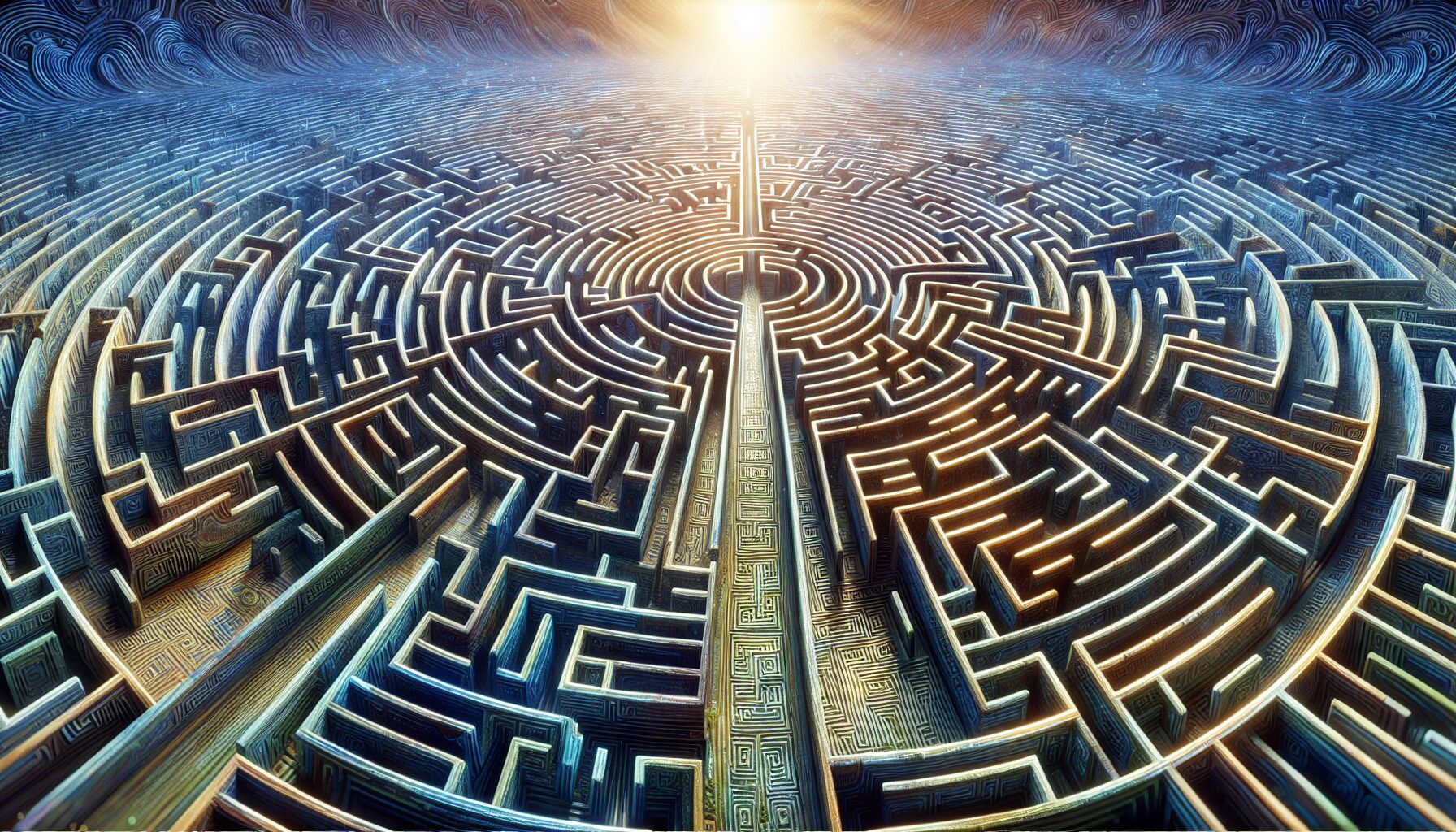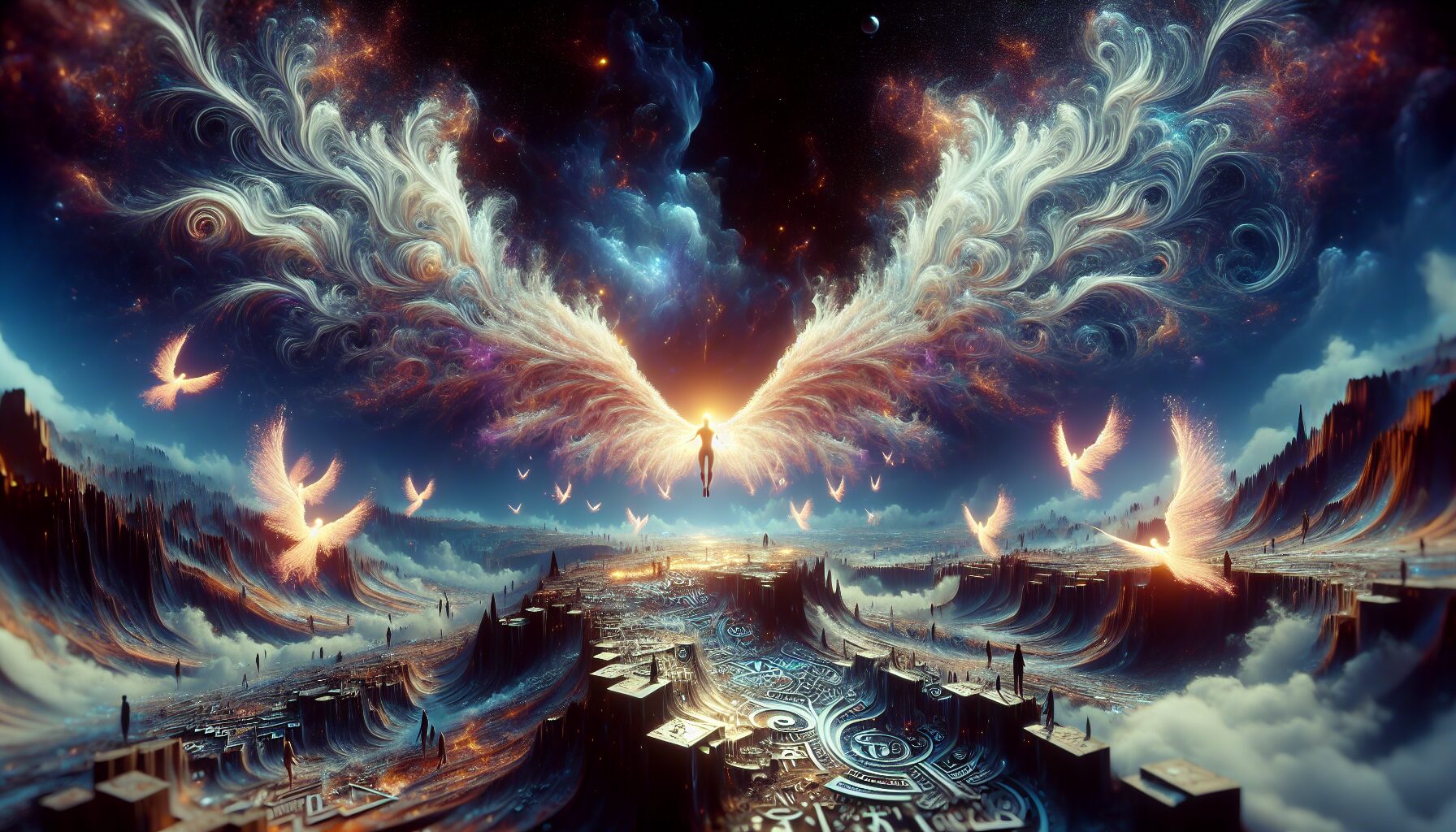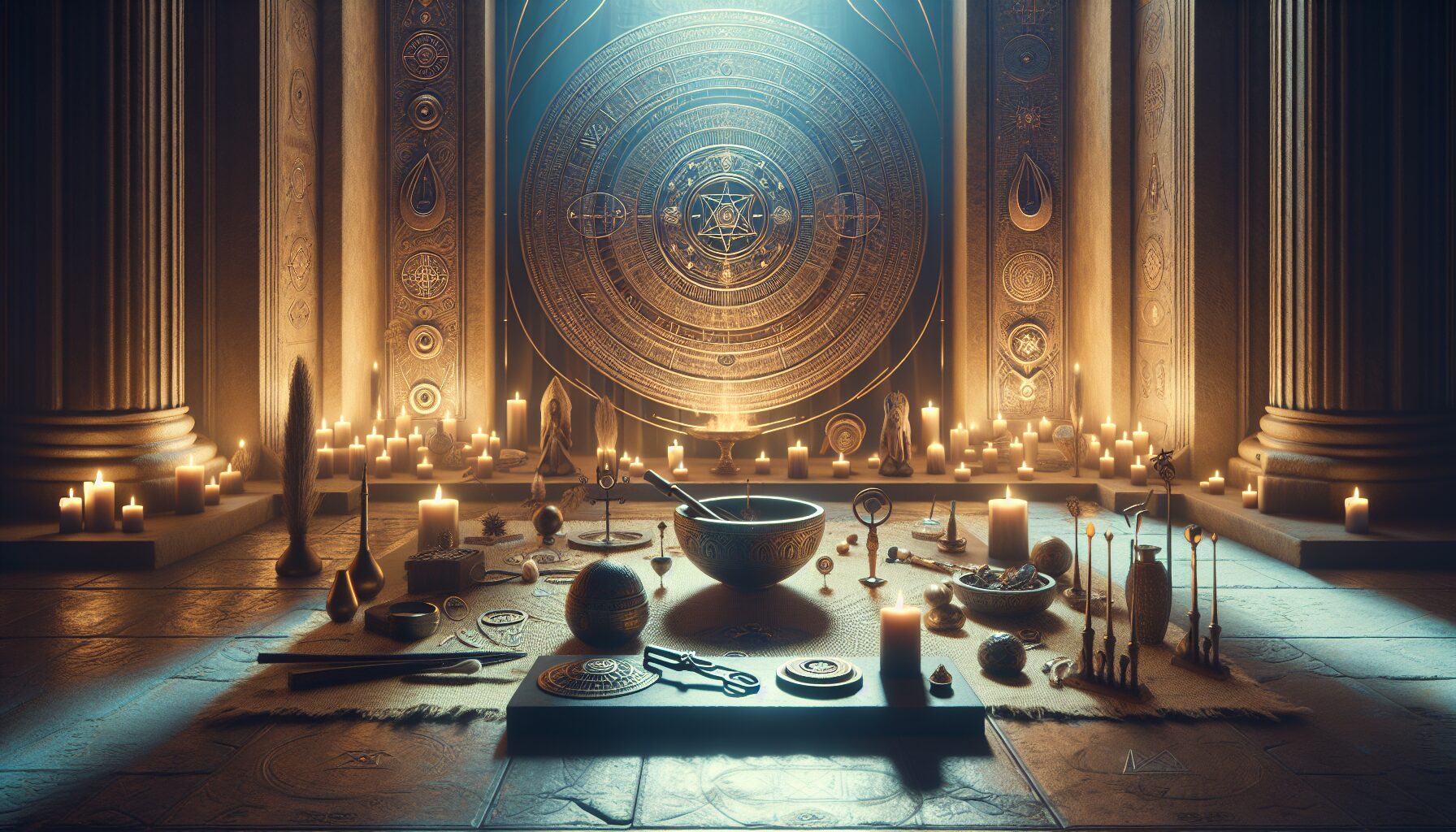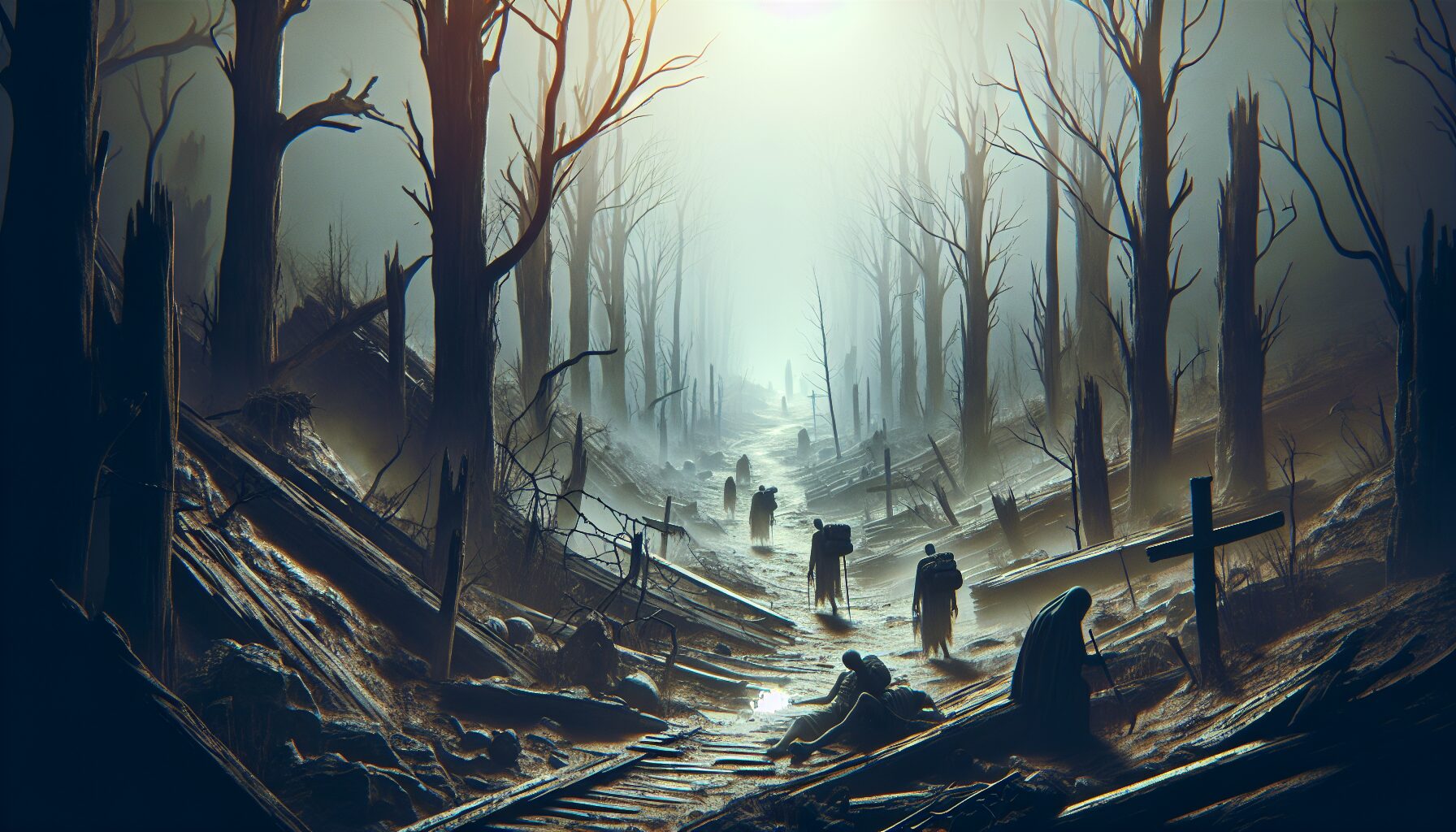The journey within is often depicted as a solitary path, where individuals confront and embrace the shadows of their own spirit. This introspective voyage requires courage and honesty, as it unravels the layers of self-awareness, allowing the light of understanding to permeate even the darkest corners of one’s consciousness.
The Nature of the Inner Self
The inner self, often referred to as the soul or spirit, encompasses one’s deepest thoughts, emotions, and beliefs. Philosophers and spiritual leaders across centuries have pondered the nature of this internal landscape:
- Socrates famously stated, “The unexamined life is not worth living,” emphasizing the importance of self-reflection in understanding the essence of being.
- Carl Jung, a pioneer in analytical psychology, introduced the concept of the Shadow Self. He asserted, “Until you make the unconscious conscious, it will direct your life and you will call it fate.”
According to these thinkers, engaging with the inner self is not merely a pursuit of knowledge but a fundamental requirement for living a fulfilling life.
Exploring the Shadows
The shadows of the spirit consist of those aspects of ourselves that we often choose to ignore or repress. These might include hidden fears, suppressed desires, and unacknowledged weaknesses. Despite their darkness, these shadows hold the potential for growth and transformation:
- By acknowledging these hidden aspects, individuals can integrate them, leading to a more holistic sense of self.
- The process of embracing one’s shadow self can result in profound personal empowerment and inner peace.
Practices for Self-Reflection
Many have turned to various practices to engage with and understand their inner self. Throughout history, diverse cultures have developed distinct methods of introspection:
- Meditation: A practice of stillness and silence that allows individuals to become more aware of their thoughts and emotions. According to a 2019 article in The New York Times, regular meditation can sharpen focus, boost compassion, and bring about emotional balance.
- Journaling: The act of writing down one’s thoughts and feelings can lead to greater clarity and self-discovery. As Joan Didion wrote in her essay “On Keeping a Notebook,” “We are well advised to keep on nodding terms with the people we used to be, whether we find them attractive company or not.”
- Mindfulness: Engaging in the present moment with full attention fosters a deeper connection with oneself. The practice encourages living with intention rather than reaction.
Stories of Self-Discovery
Throughout history, countless stories highlight the transformative power of introspection and self-discovery. Consider the story of Siddhartha Gautama, whose journey toward enlightenment began with inner reflection beneath the Bodhi tree. His realization became the foundation of Buddhism, symbolizing the profound potential hidden within each soul.
“What lies behind us and what lies before us are tiny matters compared to what lies within us.” – Ralph Waldo Emerson
Similarly, the life of Emily Dickinson reflects the power of inner exploration. Though she rarely left her home, Dickinson wrote poetry that delved deeply into themes of identity and existence, leaving a legacy of profound insights drawn from her own self-reflection.
The Challenges of Introspection
The path toward understanding the inner self is often fraught with challenges. For many, confronting personal shadows can evoke discomfort or fear. Yet, it is through this very process that healing begins. By facing these shadows directly, individuals learn to navigate their complexities:
- The journey requires vulnerability and an opportunity to shed preconceived defenses.
- It involves patience, as true understanding cannot be rushed or forced.
Conclusion: Embracing Wholeness
The exploration of the inner self and its shadows is essential for achieving personal wholeness. It involves embracing all aspects of one’s identity, both the light and the dark. As individuals learn to accept and integrate these components, they uncover the true essence of their spirit.
In a world often focused on outward achievements and surface appearances, the journey within remains a timeless and vital pursuit. It is a path that empowers individuals to live authentically and meaningfully, led by the guidance of their inner light.









